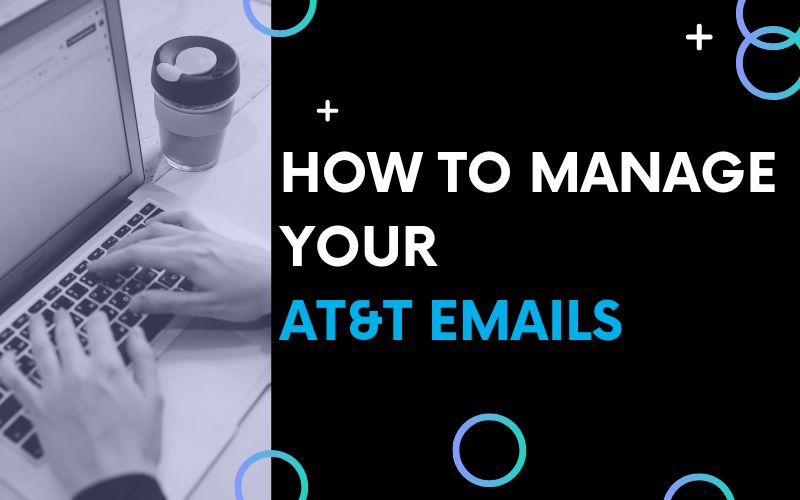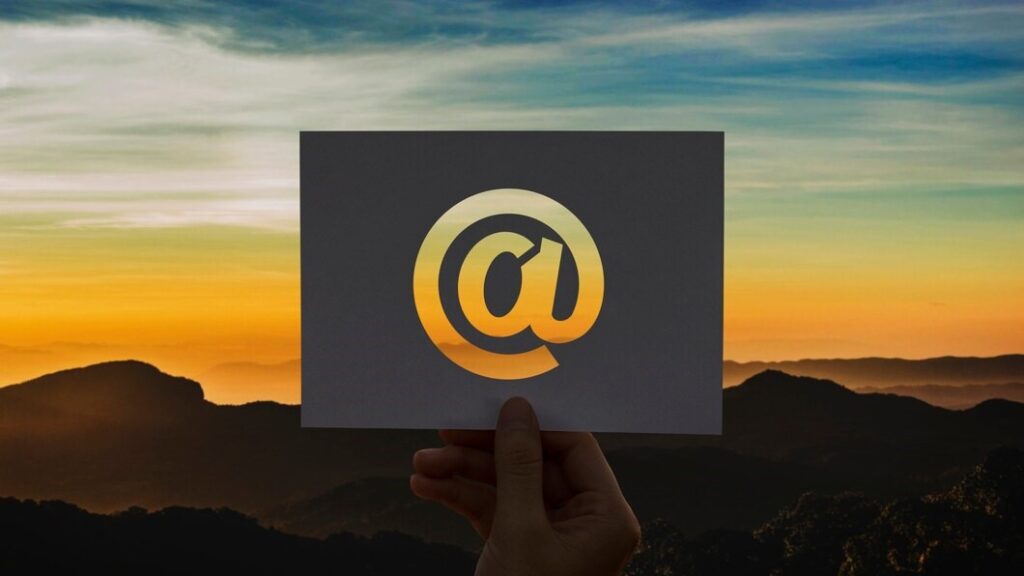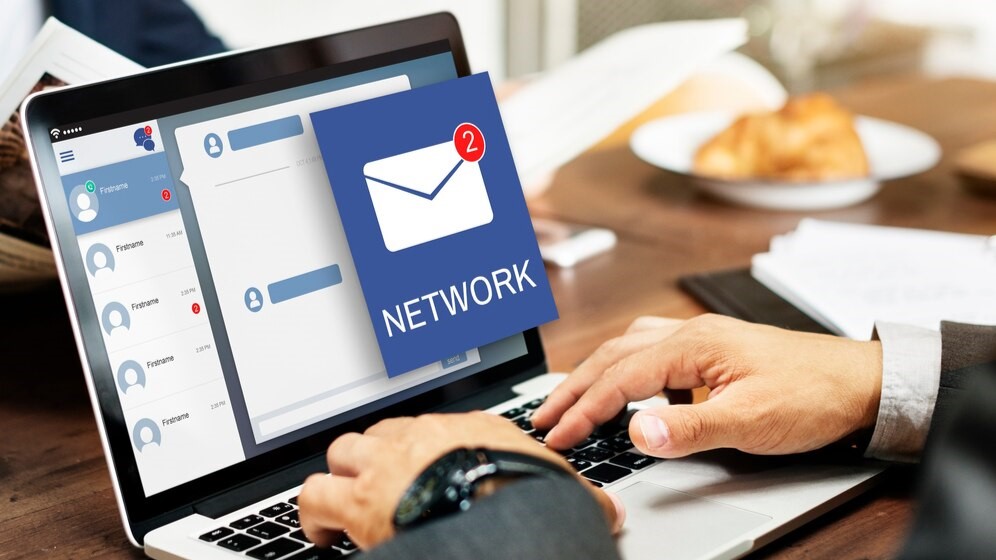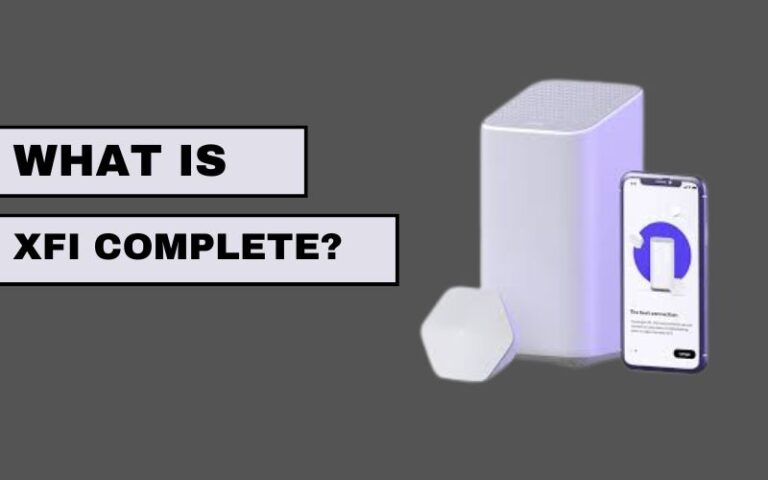
Table of Contents
Keeping up with email can feel like an endless challenge in today’s fast-paced world. However, there are effective tools and techniques available to ATT email users to turn their inbox from a disorganized mess to a well-functioning machine. With the knowledge in this book, you can handle your ATT emails like an expert, increasing your productivity and taking back control of your digital life.
Understanding Your ATT Emails Platform:
AT&T offers two primary email platforms:
- Webmail: Accessible through a web browser at https://forums.att.com/conversations/att-mail-features/is-attnet-a-regular-email/63c69f59e221e76974afde72, this platform provides a familiar interface for managing emails, contacts, and calendars.
- Y! Mail: If you have an older AT&T email address, it might be linked to Yahoo Mail. You can access it through https://mail.yahoo.com/ using your AT&T email address and password.
This guide focuses on general strategies applicable to both platforms. However, some functionalities might differ slightly.
Mastering Inbox Organization:
Taming the Flood: Foremost things foremost, stop the flood of unsolicited emails. Use AT&T’s spam filters by designating spam emails with this icon. By doing this, the filter is trained to recognize similar emails in the future. To automatically sort incoming emails according to the sender’s address, keywords, or mailing lists, think about building email filters.
Folder Power: Don’t rely solely on the Inbox. Create folders to categorize emails – “Work,” “Personal,” “Travel,” etc. – and move messages accordingly. This keeps your Inbox focused on current matters. Utilize subfolders for further organization within categories.
The Art of Labeling: Apply labels (similar to tags in other platforms) to categorize emails within folders. This allows for multi-dimensional organization. For instance, an email labeled “Project X” can reside in the “Work” folder while also being labeled “Urgent.”
Conquering Your To-Do List with Email:

Tasks from Emails: Create tasks out of emails that contain actionable elements. Task management tools are included into a lot of email clients, including webmail platforms. For a more reliable solution, think about combining your email with a different to-do list software.
Flagging for Follow-Up: Make sure that no crucial emails are overlooked amid the chaos. Mark emails that need to be responded to or demand additional action using the “flag” feature. To guarantee follow-up, put reminders in the emails that were flagged.
Crafting Effective Emails:
Subject Line Savvy: A clear and concise subject line entices recipients to open your email. Avoid vague phrases like “Important” and instead, summarize the email’s purpose.
Structure is Key: Structure your emails for readability. Use bullet points, short paragraphs, and proper formatting for a professional look.
Proofread Before You Send: Typos and grammatical errors can undermine your credibility. Always proofread your emails carefully before hitting send.
Taking Control of Your Time:
Schedule Send: Avert email blasts sent at midnight. Make use of the “schedule send” function to send emails to recipients at a time that works better for them. This lessens the possibility of disturbing them in the evenings and shows respect for their routine.
Unsubscribe Mercilessly: Remove yourself from unsolicited email lists that jam your inbox. An unsubscribe link can usually be found at the bottom of reputable emails. If you want to manage numerous subscriptions at once, use sites like unroll.me.
Advanced Techniques for Power Users:
Search Mastery: Email from AT&T has robust search features. Use sophisticated search operators to swiftly identify particular emails. Acquire knowledge of operators such as “from:” for sender-based searches and “to:” for email-sent searches.
Automation with Rules: Create email rules to streamline time-consuming procedures. For instance, set up an automated process to move all emails from your employer into a certain folder or to forward all emails pertaining to travel to a different account that you use to organize your trips.
Out-of-Office Assistant: When you’re away, set up an autoresponder to inform senders of your absence and when they can expect a response.
Security and Backup:

Strong Passwords: Use a strong and unique password for your AT&T email account. Explore the option of utilizing a password manager to create and securely store intricate passwords.
Watch out for Phishing: Avoid interacting with dubious links or attachments found in emails. Phishing scams can compromise your account and steal personal information.
Activate Dual-Step Verification: Enhance your security measures by implementing dual-step verification. This requires a secondary verification code, typically sent to your phone, in addition to your password when logging in.
Backup Your Emails: While AT&T offers some storage space for your emails, it’s wise to consider a backup solution.
Here are your options:
- Third-Party Email Clients: Many email clients, like Gmail or Outlook, allow you to add your AT&T email account. This provides an alternative storage location and additional functionalities. Be aware that some free email services might have storage limitations.
- Cloud Storage Services: Cloud storage services like Google Drive, Dropbox, or Microsoft OneDrive offer ample storage for your emails. You can export your AT&T emails in a format like PST (Outlook) or MBOX and upload them to the cloud storage for safekeeping.
- Local Backups: For a more DIY approach, you can export your emails and save them on your local computer’s hard drive or an external storage device. However, ensure you have a proper backup routine in place to safeguard against data loss due to hardware failure.
Additional Tips and Tricks For ATT Emails:
Keyboard Shortcuts: Leverage keyboard shortcuts for commonly used actions like composing, replying, or forwarding emails. This can significantly increase your email efficiency.
Custom Signatures: Create a professional email signature that includes your name, title, contact information, and a link to your website (if applicable).
Vacation Responder Finesse: Go beyond the basic “out-of-office” message. Craft a professional autoresponder that informs senders of your absence, the date of your return, and how they can reach you urgently if needed.
The Power of Canned Responses: For frequently used replies, create canned responses. This saves time and ensures consistent messaging.
The Art of Delegation: If you receive a high volume of emails, consider delegating tasks or setting up forwarding rules for specific types of emails to colleagues who can handle them.
Regular Clean Up: Schedule regular clean-up sessions to delete old emails and empty your trash folder. This frees up storage space and improves overall email performance.
Conclusion:
By mastering the techniques outlined in this guide, you can transform your AT&T email experience. From streamlined organization to increased efficiency, you’ll be well on your way to conquering your inbox and reclaiming control of your digital life. Remember, consistency is key. By implementing these strategies and tailoring them to your specific workflow, you’ll become an AT&T email pro, ensuring your emails work for you, not the other way around.






